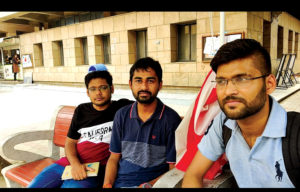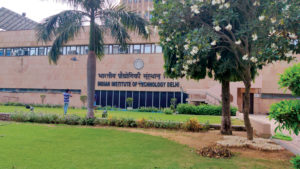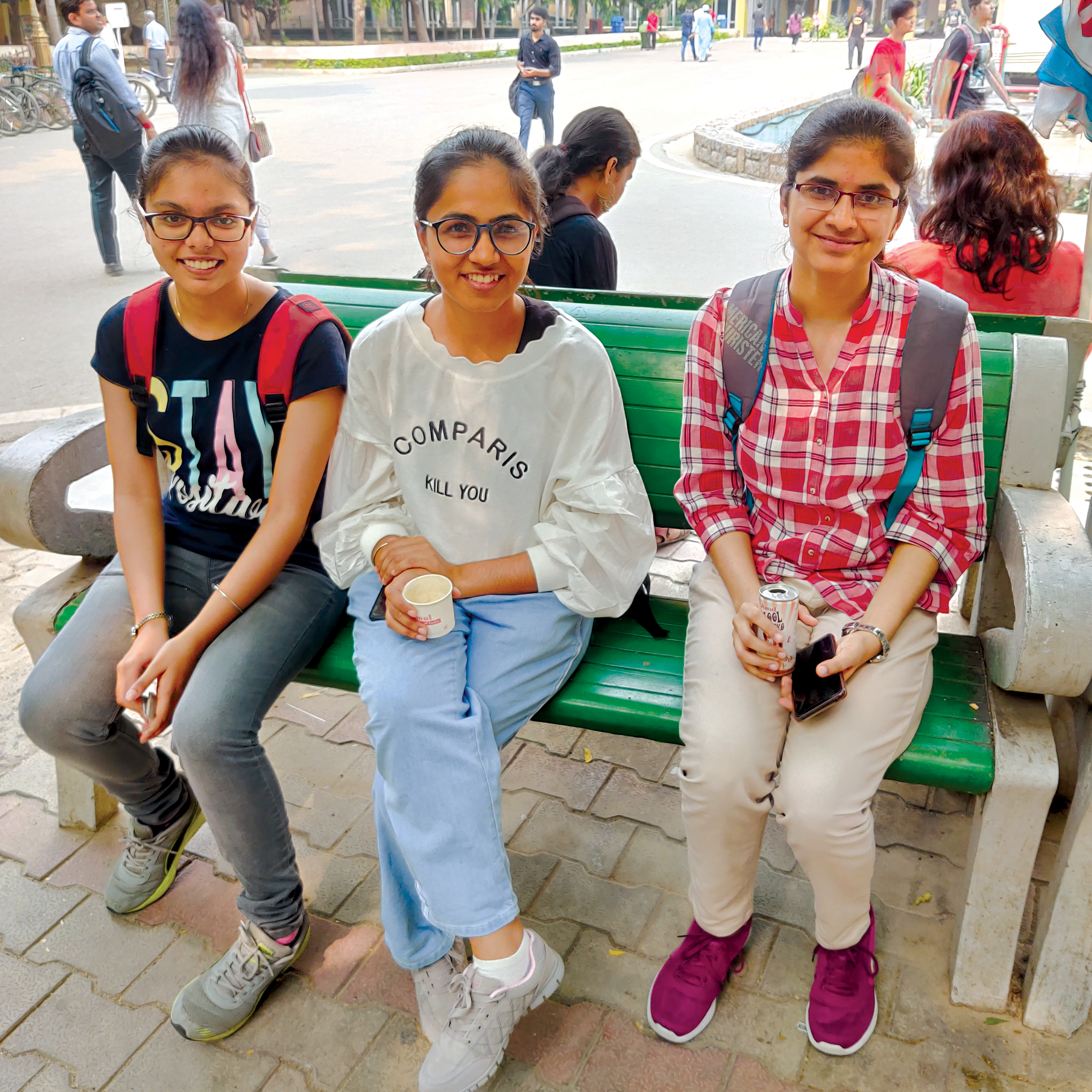Does religion come before science for engineers, as it does for the HRD minister? Confusion rules the roost
‘When in Rome, do as the Romans do’— a phrase that helps the tourism sector and a condition many would impose on immigrants. But this art of adaptation is not everyone’s forte. Take Union Human Resource Development (HRD) minister Ramesh Pokhriyal, who had gone to IIT Kharagpur for a convocation ceremony and spoke of religion as the best example of science and engineering.
In his speech on August 27, Pokhriyal said Ram Setu between India and Sri Lanka was built by Indian engineers; that Bhagwat Gita is science and that Sanskrit is the first language of the world and should even be the language for computers in the future. In 2014, much before he became the HRD minister, Pokhriyal had also claimed that “Science is a dwarf in front of astrology” and that it is “the biggest science. It is in fact above science.”
The over 2,000 students present at the auditorium at Kharagpur can be seen in the video as remaining quiet when Pokhriyal first starts making his claims. He said that “Engineers from America, Britain or Germany did not build it (Ram Setu)”, but that in fact it was built by “our own engineers. The entire world was left awestruck by this piece of work”.

Though he didn’t quite get the reaction he had hoped for, Pokhriyal did not relent. Instead he told the audience, “This is true, this is right. Are you not in agreement? Why are you silent?” and then students responded with claps.
We confronted some students of IIT Delhi with the statements made by the minister. Their responses were, well, interesting.
Much like the audience at Kharagpur, three second year students we approached were silent after we told them the first statement. The first to respond was Garima Soni, a student of electrical engineering: “We don’t think so (that its true). Engineers have not made it, it’s natural.”
The Ram Setu theory actually comes from Ramayan wherein Ram is supposed to have built this bridge with the help of his allies (the Vanara Sena) to reach Lanka and rescue his abducted wife Sita.
Rama Setu or Adam’s Bridge are in fact a chain of limestone shoals off the south-eastern coast of Tamil Nadu, India, to the north-western coast of Sri Lanka.
But the subject had more evidence when in 2007 a contentious project called the Sethusamudram reached the Supreme Court. It was told through an affidavit filed by the Archaeological Survey of India that there was no historical evidence to establish the building of the bridge.
And Soni had a point to raise for the minister: “If a person does not have the knowledge then they must not pick up that topic”, she stated. Instead, “He should speak on topics which motivate students and represent India”.

But there are various factors that build our belief systems, and one important factor is religion. What may click with someone may not with another, and a belief too will vary in different instances.
Ketan Mahawar, a PhD student in chemical engineering, in fact believes the statement by Pokhriyal to be true. “In Rameswaram or in many temples there are stones which are floating in the water. These are basically the stones used to make Adam’s Bridge. This is proof that our engineers or whatever we call them formed this.”
His friend Akshit Agarwal, however, thinks it’s not a great idea to link the bridge with Indian engineers. Why? Because “There wasn’t an engineering profession existing at that time”.
Another classmate, Anuj Srivastav, instead thinks it’s best that the minister give evidence to prove the statement.
But at least for the Bhagwat Gita and claims about it being science was one thing they agreed on. Much like when we told Soni about Pokhriyal’s next statement on the Gita being scientific, she was in support of the opinion.
Soni in fact pointed to something she had read in the “Vedas and certain algorithms” which she thinks could relate to computer science.
Her friend Urvashi Pawar, who studies chemical engineering at IIT Delhi, disagreed with both the statements. She said that while Gita “might have something of value for our daily lives, to be successful, I don’t agree that it’s true science”.
Next we spoke to a group of boys standing at the canteen talking animatedly as we break them up.
All the three — Master’s in electrical engineering students — were of the belief that people should not make statements “until and unless it isn’t scientifically proven” especially as IIT is one of the “topmost institutes”.
One of them, Anurag Singh, was of the view that the reason why students at Kharagpur must not have questioned Pokhriyal’s statements was out of respect. “He was a chief guest. No one would want to disregard him or disrespect him.”

But Singh did think that there are many parallels that can be drawn between passages from the Gita and scientific claims. “Take the Hanuman Chalisa, for example. They give the distance between the sun and the earth. NASA has now found it through their great science. There are many things in the ancient Granth that have been written and only now are being proven as true.” (Hanuman Chalisa is a Hindu devotional hymn).
At least one thing everyone agreed on in some measure is that Sanskrit should not be the language of computers in the future. From calling it “foolish talk” to “unnecessary plans”, everyone was of the view that this would be useless as hardly anyone even in the country spoke the language.
Shiva Upadhyay called it “foolish talk”. “As a chief guest at a premier institute of the country such as IIT Kharagpur you must think before you speak. It’s not like the people you are speaking to are uneducated. They are in fact highly educated… All the three statements are very controversial and there’s no proof to back the first two. Talk about science, talk about engineering, not these things”, he said. He was among the few who expressed himself against all the statements.
The institute had a mixed measure of responses and equally confusing ones at the same time.





